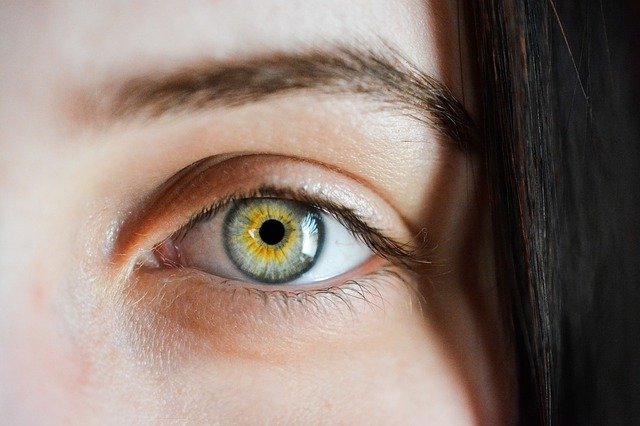
Published in Microsystems & Nanoengineering, the small medical device is designed to be placed near to the eyes or mouth to collect data from tears or saliva. Data collected would then be sent to a user's smartphone or sent to their doctor, according to Huanyu 'Larry' Cheng, a Professor in the Penn State Department of Engineering Science and Mechanics (ESM) and lead author of the research.
‘Smart’ wearable sensor developed to track healing
"We sought to create a device that collects both small and large substances of biofluids such as tears and saliva, which can be analysed for certain conditions on a rapid, continuous basis, rather than waiting on test results from samples in a lab," said Cheng.
"Through nano- to micro-steel ports on the device, we can probe the cell to deliver molecular drugs for treatment in a very efficient process at the cellular level," Cheng said. "Conversely, the ports can allow us to get access to the gene and coding information on the cell."
Cheng says the technology could help manage diseases like oral ulcers, oral cancer, eye wrinkles and oral or eye infections like keratitis, which is inflammation of the clear tissue on the front of the eye.
As well as providing information on these conditions, the device can also administer medicine with a microneedle through the skin around the eye, mouth or tongue.
Previously, Cheng has worked on a wearable sensor patch that collects sweat and tests for pH, sodium and glucose levels - helpful for those with hypoglycaemia or diabetes.
"This is a mature technology with a lot of interest behind it," the Professor said in a statement. "There are many possible uses for the device if it makes it to the commercial marketplace.
"There is strong motivation for us to apply this technology to similar sensing devices in the future.”




AI-generated medical responses need monitoring, study finds
This would negate most of the benefit of using AI in the first place, rather like the Locomotive Act 1865 that required any self-propelled road...